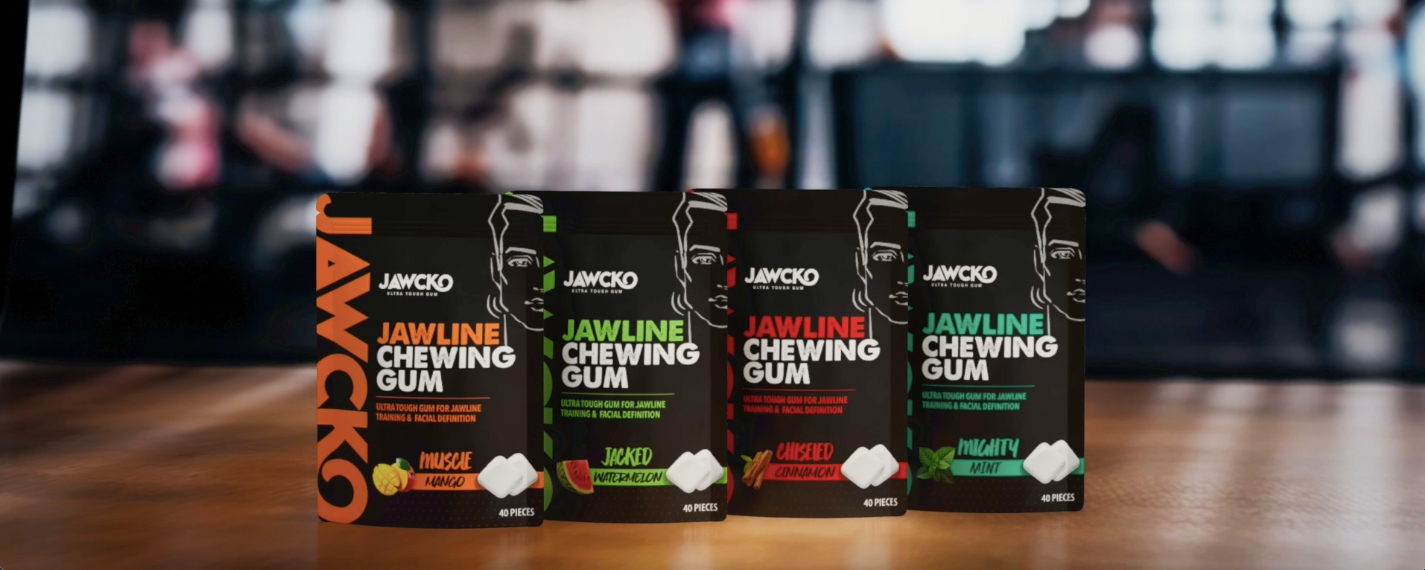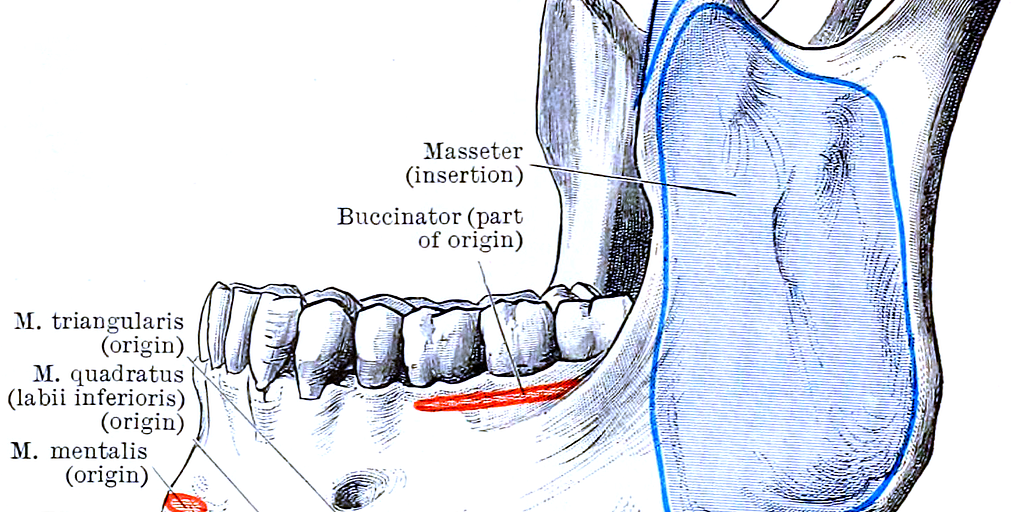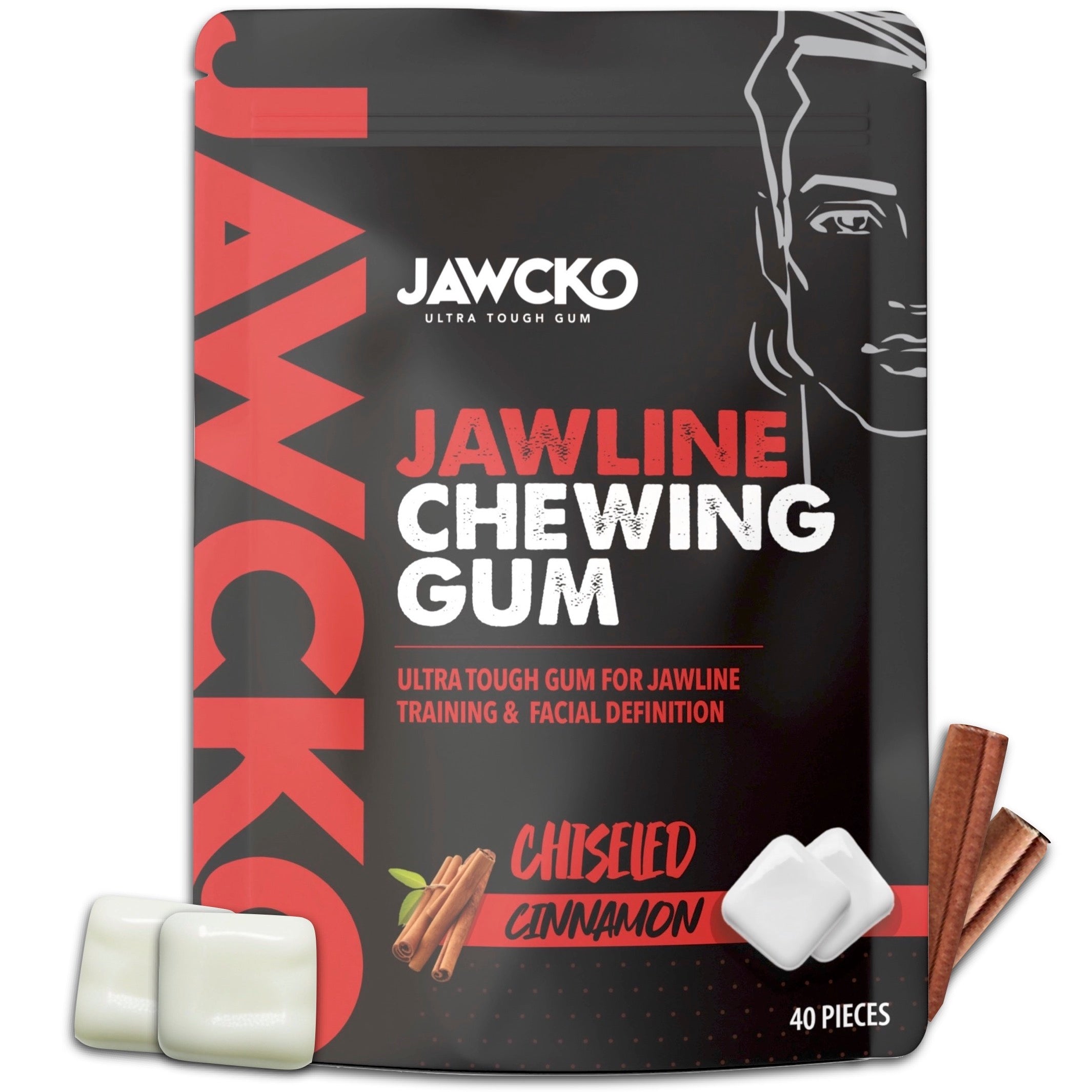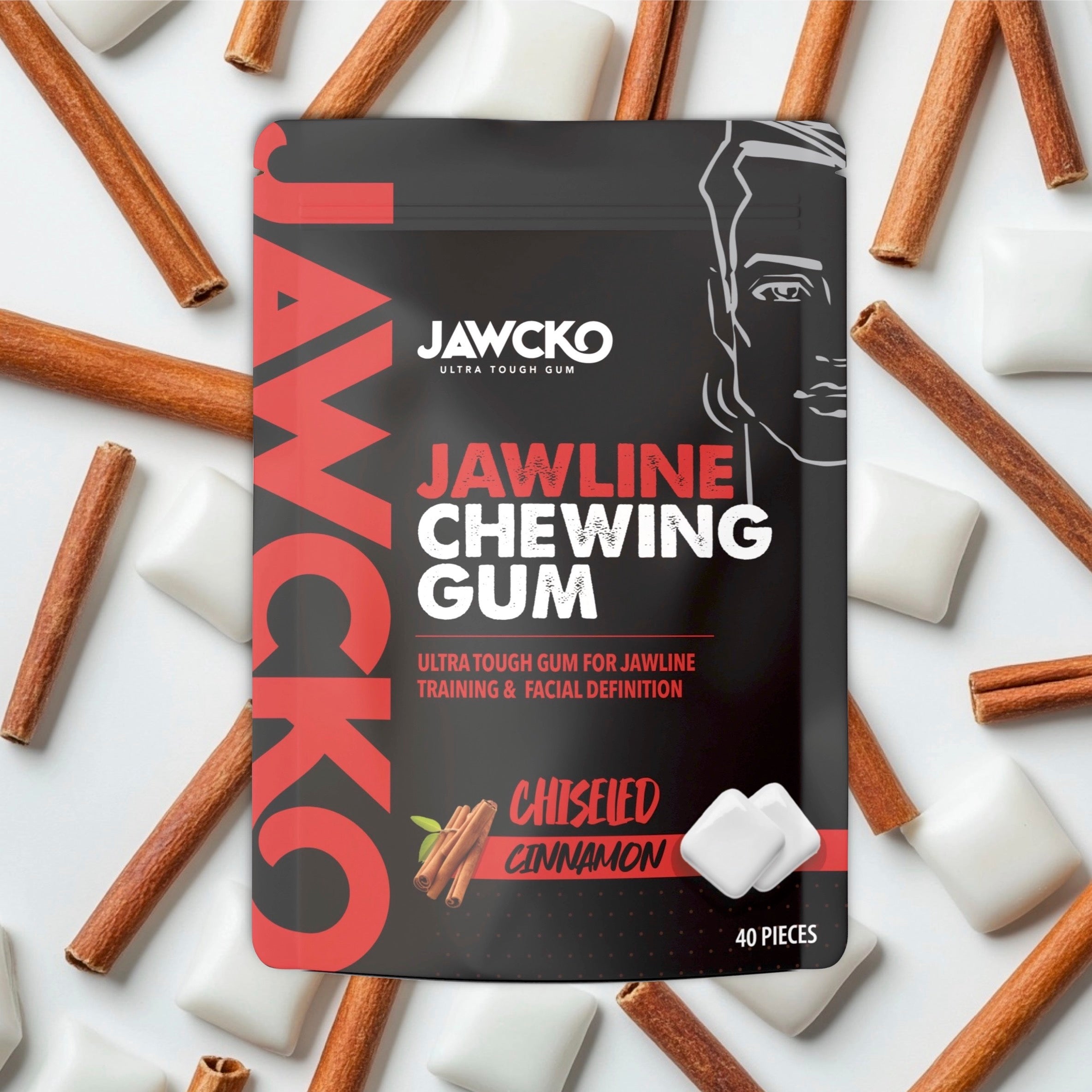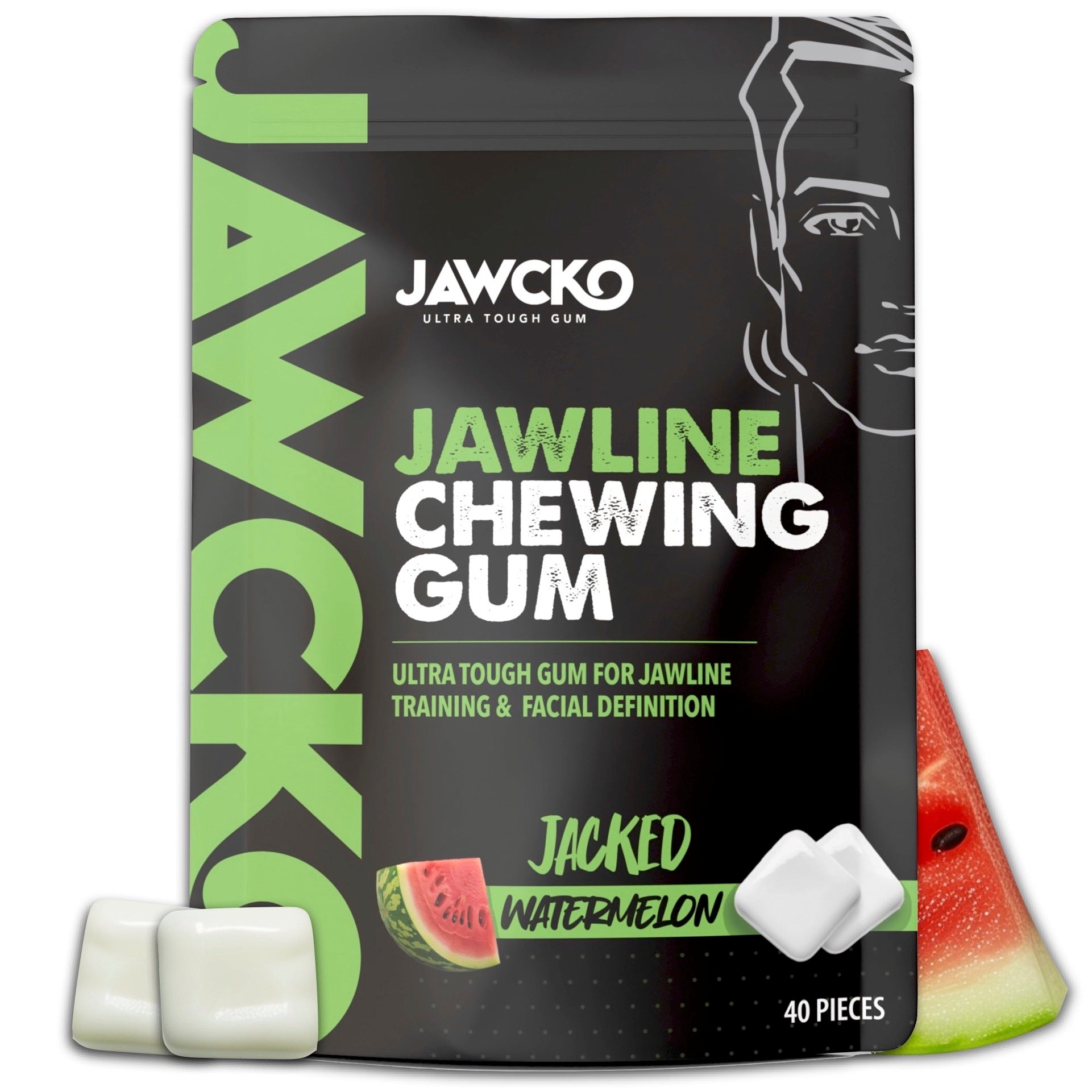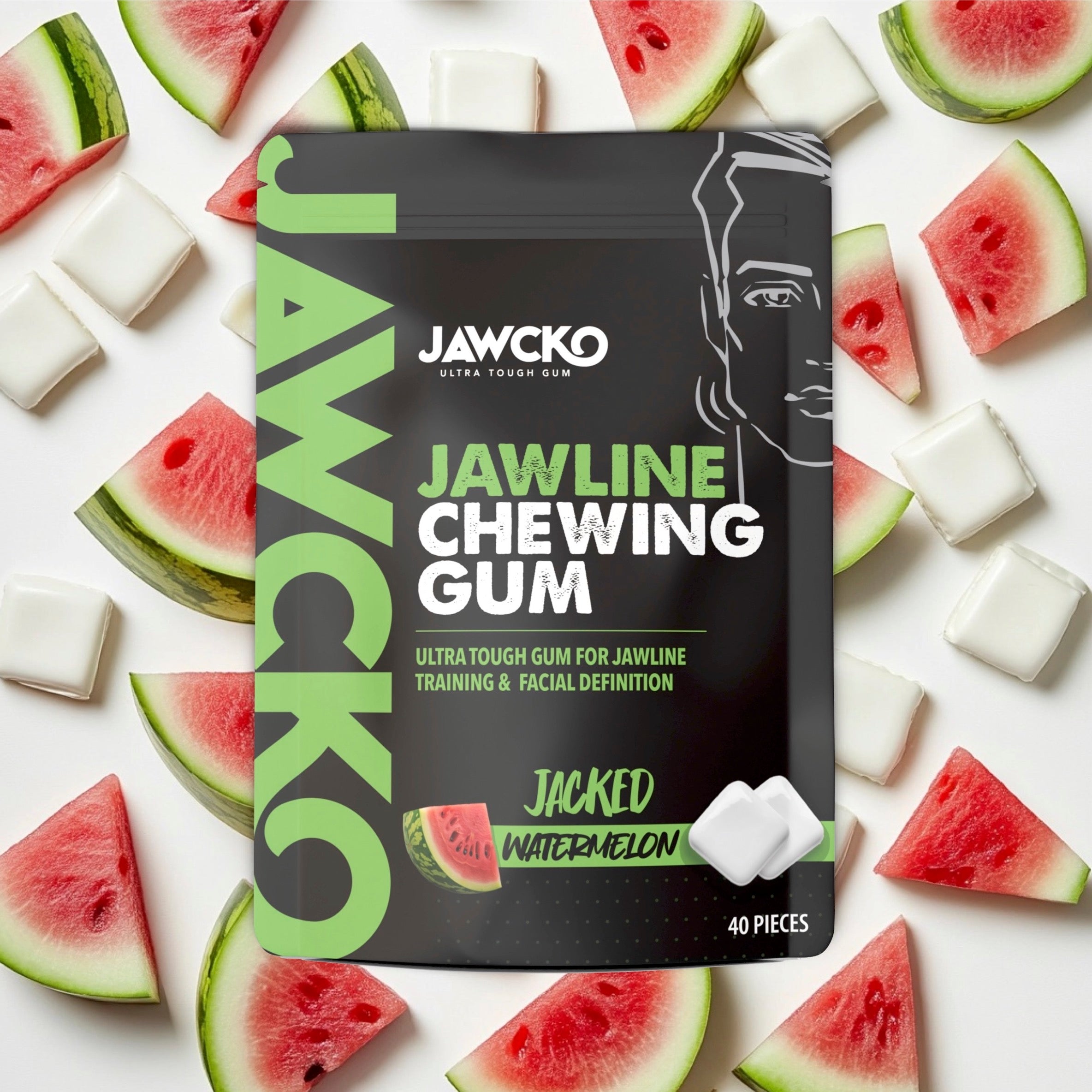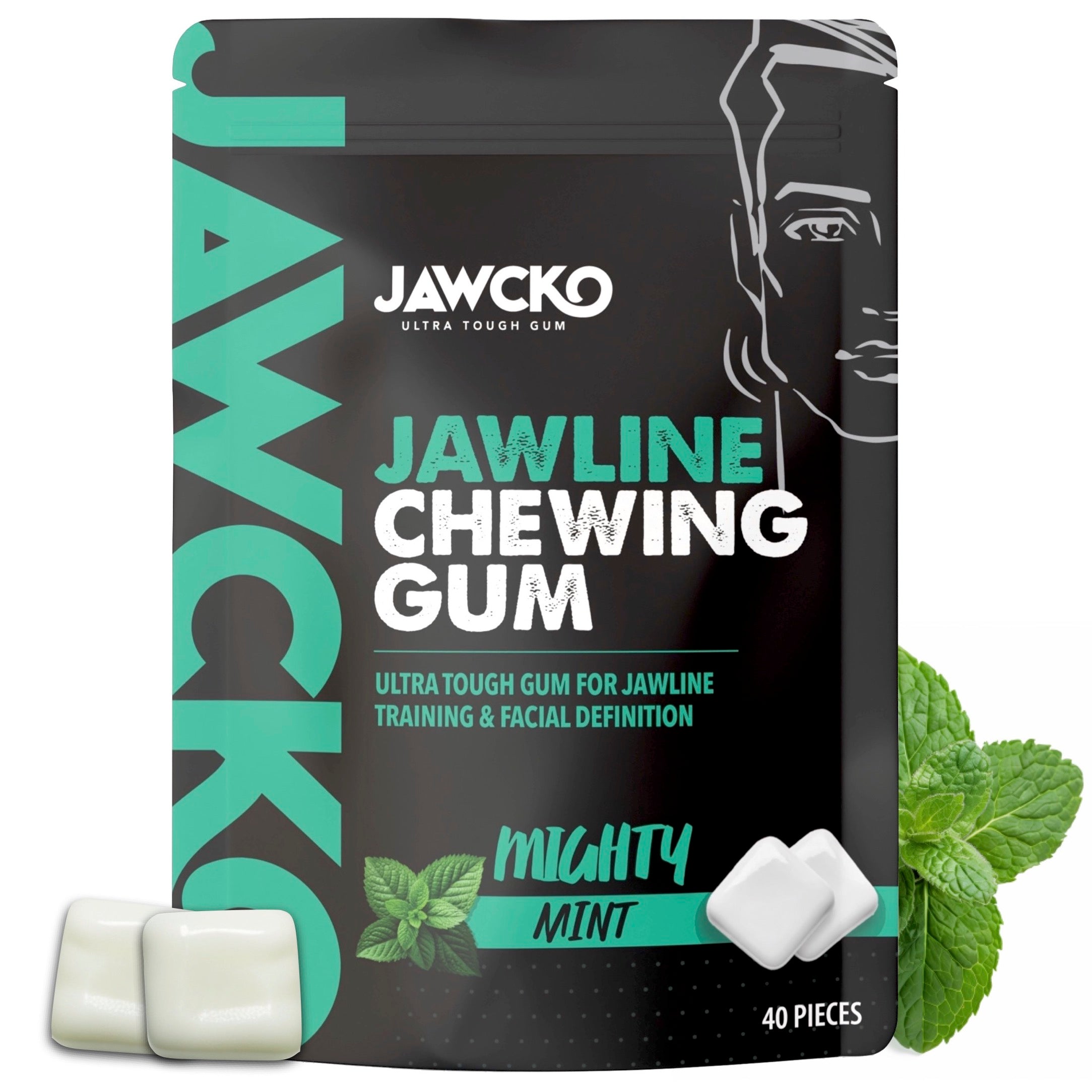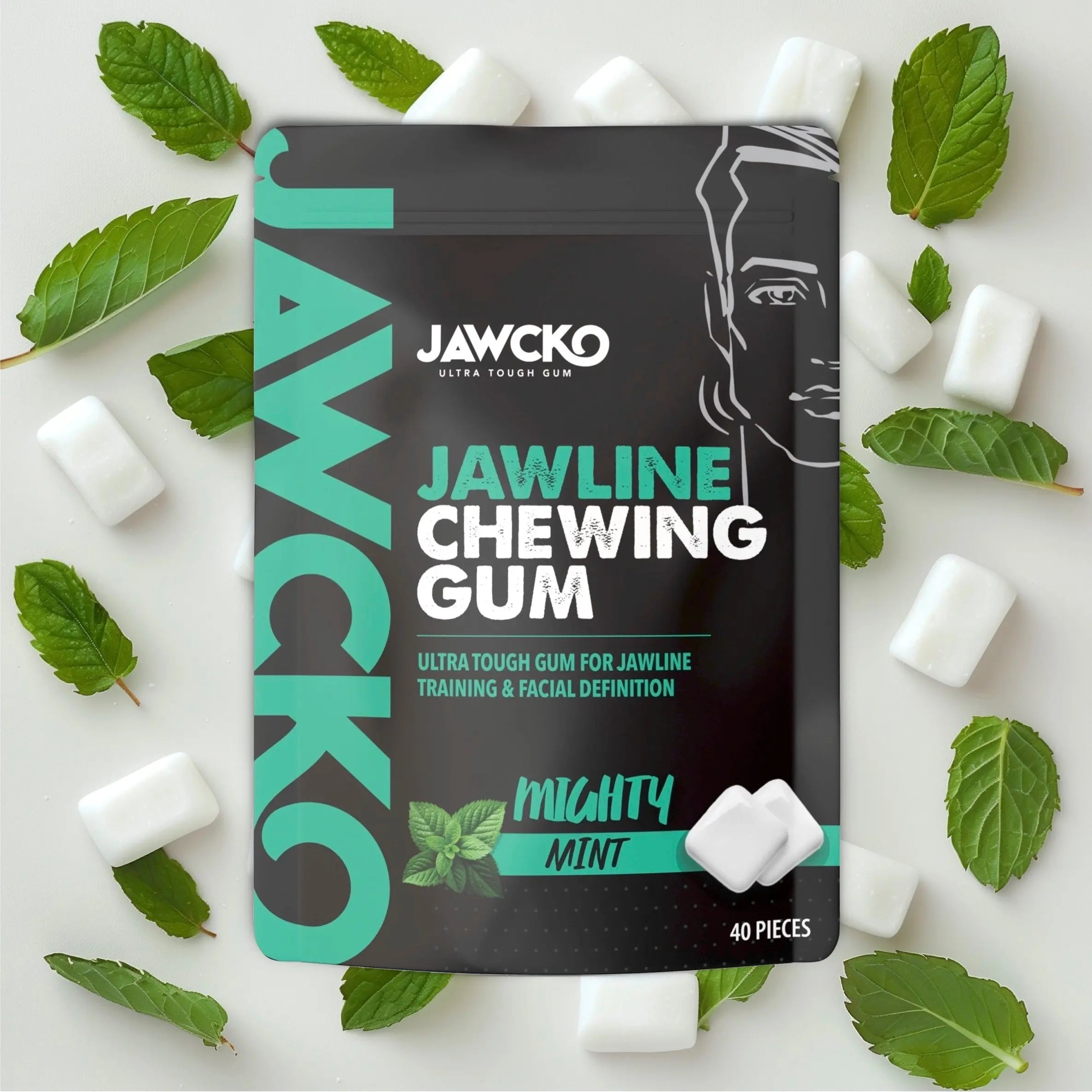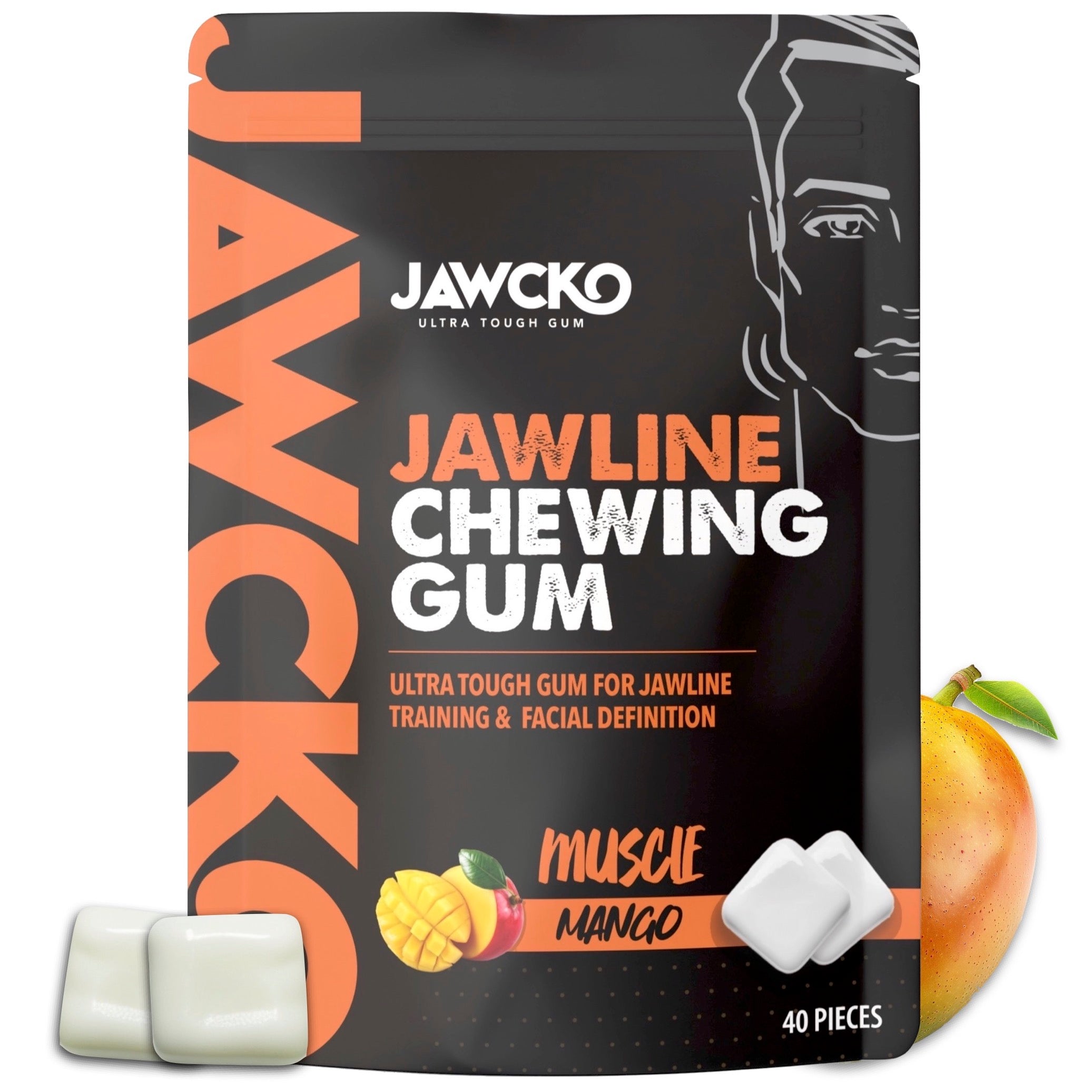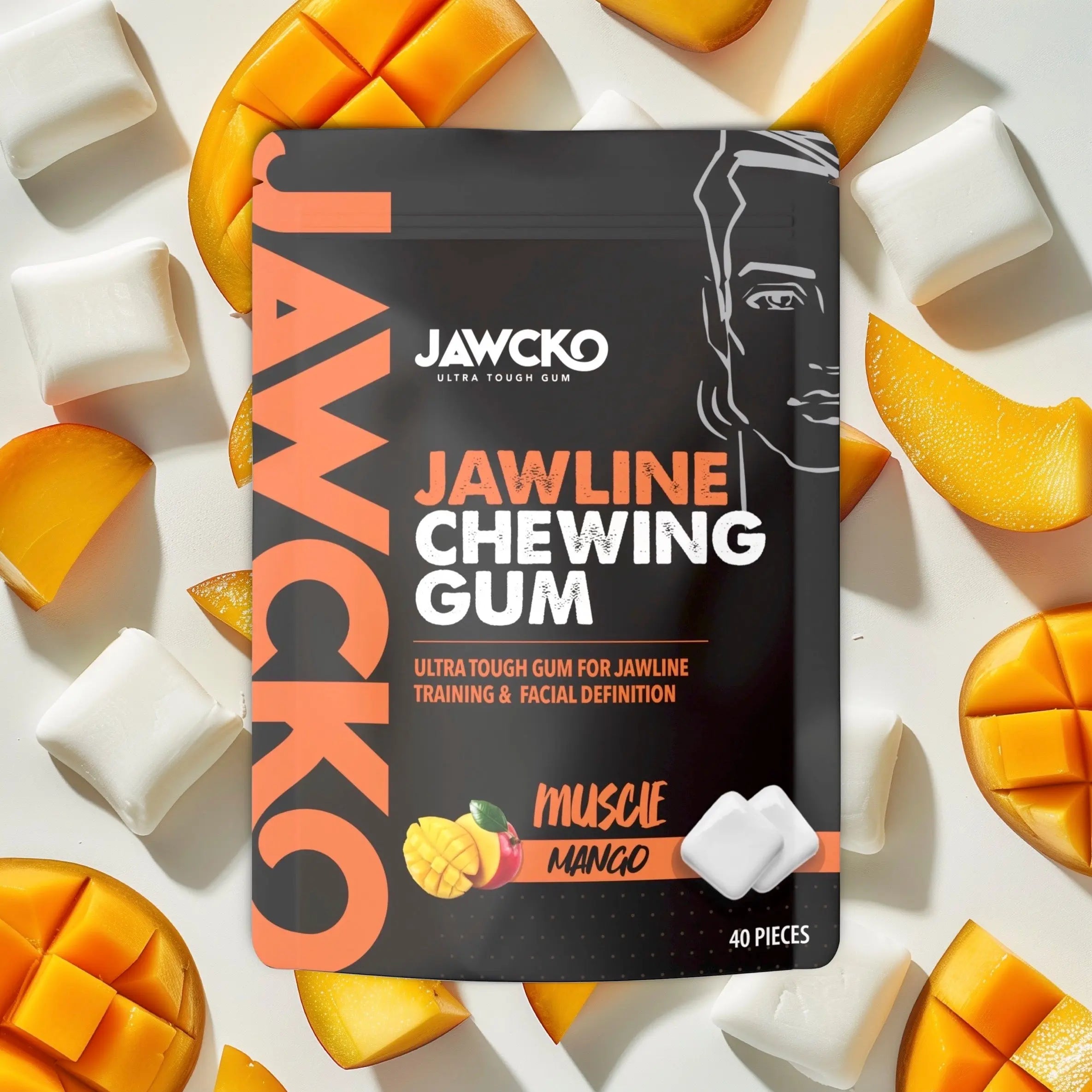Dangers of Jawline Surgery
Jawline surgery, also known as orthognathic surgery, mandibular contouring, or genioplasty, involves significant modifications to the bone and soft tissues of the jaw to achieve a desired aesthetic outcome. While this type of surgery can yield dramatic and satisfying results, it also carries several risks, high costs and potential complications. Here we outline the vast number of complications of Jawline surgery vs a new way of enhancing your jawline by chewing special formulated hard gum. This has been gaining popularity for the past few years along with a few other methods.
Common Risks and Complications
- Infection
- Like all surgical procedures, jawline surgery carries the risk of infection. This can occur at the incision sites or within the bone. Proper post-operative care and antibiotics are essential to mitigate this risk (MDPI).
- Nerve Damage
- The jaw and surrounding areas contain numerous nerves, including the inferior alveolar nerve and mental nerve. Damage to these nerves can result in numbness, tingling, or loss of sensation in the lower lip, chin, and sometimes the gums. This numbness can be temporary or permanent (MDPI) .
- Scarring
- Incisions made inside the mouth usually heal without visible scars. However, external incisions can leave noticeable scars, which might be a cosmetic concern for some patients .
- Asymmetry
- Achieving perfect symmetry in facial features is challenging. Post-surgical asymmetry can occur, where one side of the jaw or face might appear different from the other. This might necessitate additional corrective procedures (MDPI) .
- Bone Healing Issues
- Problems with bone healing, such as delayed union or non-union of the bone segments, can occur. In some cases, bone grafts or additional surgeries might be required to address these issues (MDPI) .
- Swelling and Bruising
- Significant swelling and bruising are common after jawline surgery. While these effects are typically temporary, they can be severe and last for several weeks, affecting appearance and comfort .
- Pain and Discomfort
- Post-operative pain and discomfort are expected. Pain management usually involves medication, but in some cases, the pain might persist longer than anticipated .
- Temporomandibular Joint (TMJ) Disorders
- Altering the jaw structure can impact the temporomandibular joint, leading to or exacerbating TMJ disorders. Symptoms might include jaw pain, difficulty chewing, and clicking or locking of the jaw joint (MDPI) .
- Difficulty with Speech and Eating
- Post-surgery, patients might experience difficulty with speech and eating due to swelling, pain, and the new alignment of the jaw. This usually improves as healing progresses, but in some cases, speech therapy or dietary adjustments might be necessary (MDPI) .
- Anesthesia Risks
- General anesthesia used during surgery carries its own set of risks, including allergic reactions, respiratory issues, and cardiovascular complications. A thorough pre-operative assessment helps minimize these risks .
- The cost of Jawline surgery can range from $6,000 to $56,000, depending on the type of procedure, the surgeon’s experience, and your location. The cost can also increase if you need orthodontic treatment before the surgery.
Rare but Serious Complications
- Severe Infections
- Although rare, severe infections can spread to other parts of the body, leading to systemic issues that require extensive medical intervention .
- Bone Fractures
- During surgery, unintended bone fractures can occur, complicating the procedure and prolonging recovery time .
- Relapse of Jaw Position
- Post-operative relapse, where the jaw shifts back toward its original position, can occur. This might necessitate further surgical intervention to correct .
Best alternative for enhancing your jawline without surgery
Chewing hard gum IS an effective way to work out your jaw muscles and enhance your jawline. Not only are the costs and complications low compared to Jawline surgery, the overall outcome and length of time it takes to see results are rather quick compared to jawline surgery. You can see results in as little as 1 month. The cost per 1 month supply of hard chewing gum ranges from $15 to $35. The value and cost to enhance your jawline compared to jawline surgery are worlds apart. There are a few minor issues that can arise from prolonged chewing but they can be relieved by following a strict jawline workout regimen and taking breaks when you feel discomfort. Like any muscle, there is a risk of muscle damage and fatigue. Since your jawline muscles are primarily type 1 muscle fibers, they benefit from low to medium intensity high repetition exercises such as chewing hard food and gum. Below we have a guide on proper technique to make sure you get the best results with hard chewing gum.
Best Way to Chew Hard Gum for Jawline Enhancement
1. Choose the Right Gum
- Hard and Sugar-Free: Opt for hard, sugar-free gum. Sugar-free varieties are better for dental health and usually have a firmer texture, which provides more resistance.
- Consistency: Look for gums specifically designed for jaw exercises. Brands like Falim gum are known for their toughness and are often recommended for jaw workouts.
2. Proper Chewing Technique
- Balanced Chewing: Chew the gum evenly on both sides of your mouth to ensure balanced muscle development. Avoid favoring one side.
- Slow and Steady: Chew slowly and deliberately. Fast, aggressive chewing can lead to jaw strain and discomfort.
- Full Range of Motion: Make sure to use the full range of motion for your jaw. Move your jaw in different directions—up and down, side to side, and in circular motions.
3. Duration and Frequency
- Start Slow: Begin with short sessions, around 5-10 minutes per day, to allow your muscles to adapt.
- Gradual Increase: Gradually increase the duration as your jaw muscles become stronger. Aim for up to 20-30 minutes per session.
- Consistency: Chew gum regularly, but not excessively. A consistent routine is more effective than occasional, prolonged sessions.
4. Posture and Relaxation
- Maintain Good Posture: Keep your head aligned with your spine while chewing. Good posture helps in preventing unnecessary strain on your neck and jaw muscles.
- Relaxation Breaks: Take breaks to relax your jaw muscles. Overworking them can lead to soreness and fatigue.
5. Hydration and Oral Health
- Stay Hydrated: Drink plenty of water to stay hydrated. Hydration is important for muscle function and overall health.
- Oral Hygiene: Maintain good oral hygiene by brushing and flossing regularly. Chewing gum can increase saliva production, which helps in oral hygiene, but it's still important to follow a good dental care routine.
6. Monitor for Discomfort
- Listen to Your Body: If you experience pain or discomfort, reduce the duration or frequency of your chewing sessions. Persistent pain could indicate TMJ issues or muscle strain.
- Consult a Professional: If you have any pre-existing jaw issues or experience significant discomfort, consult a dentist or healthcare professional before continuing with jaw exercises.
Conclusion
Chewing hard gum is the best alternative for enhancing your jawline over complicated and costly jaw surgery. Choosing the right gum, using proper technique, and maintaining a balanced and consistent routine are key to achieving the best results. Always listen to your body and avoid overworking your jaw muscles to prevent any potential issues.
References
- Healthline. (n.d.). Jaw Surgery: Preparation, Procedure, and Risks
- American Society of Plastic Surgeons. (n.d.). Facial Implants


